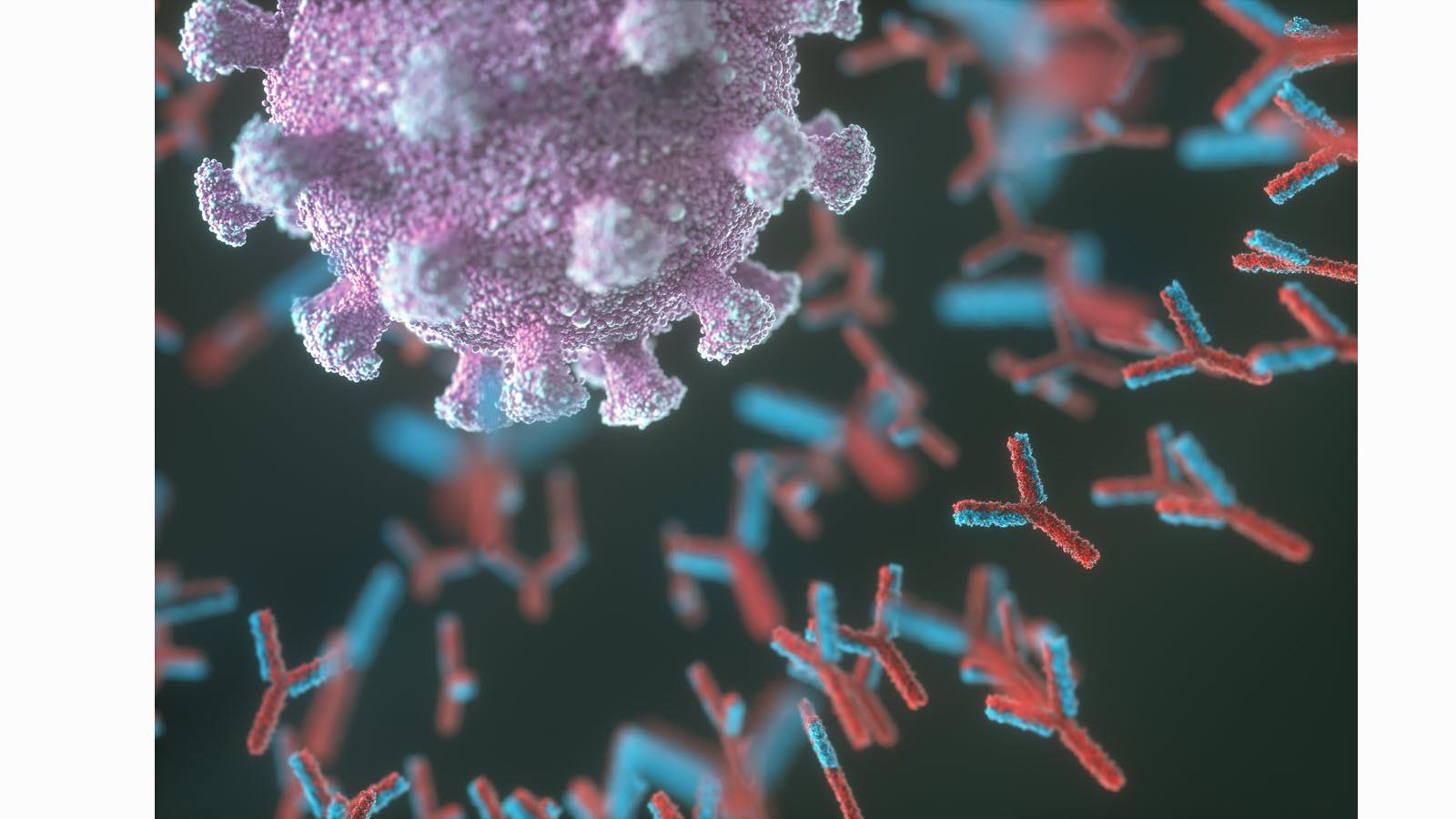If you don’t completely understand what an immunoglobulin is, you’re not alone. Immunoglobulin, also known as “antibodies,” goes by a host of names:
Immune globulin.
Gamma globulin.
Ig.
IgG.
Watch the video below for a quick introduction to immunoglobulin.
Understanding Immunoglobulins
Get answers to nine basic questions about immunoglobulin:
1. What are immunoglobulins?
Immunoglobulins, or antibodies, are Y-shaped proteins that help fight infections and diseases.
2. Where are immunoglobulins in the body?
Antibodies are present in almost any organ or tissue. They are found in high concentrations in a part of the blood called plasma, a straw-colored substance that contains proteins.
3. How are immunoglobulins made?
Specialized cells of the immune system called B cells and plasma cells make immunoglobulins. The immune system makes antibodies that are specific for each disease-causing agent and can learn to make specific antibodies to a new virus or other threat.
4. How do immunoglobulins work?
Antibodies latch on to invaders like SARS-CoV-2, the virus that causes COVID-19, said Dr. Kate Sullivan, Chief of Allergy and Immunology at Children’s Hospital of Philadelphia and a medical adviser to the Immune Deficiency Foundation (IDF). In a webinar for patients, she said antibodies are "sharp elbows that prevent a virus (and other foreign invaders) from gaining entry into a cell."
Beyond this mechanism, called virus neutralization, antibodies can label pathogens for destruction by other elements of the immune system, which is necessary for fighting tougher germs, like bacteria that can cause pneumonia.
5. Is it singular or plural?
Some make the word plural and say “immunoglobulins” and they’re correct when referring to the full scope of antibodies the body produces. The main five classes are IgG, IgA, IgM, IgD and IgE. Each class has a different structure and a slightly different function, Sullivan said.
6. Why were they named immunoglobulins in the first place?
You might have guessed the “immuno” part pertains to the immune system, but what does the “globulin” mean? “Globulin” refers to any group of simple proteins with an approximately globular shape that don’t dissolve (insoluble) in pure water but will dissolve in dilute salt solutions.
7. Is immunoglobulin also a medicine?
Yes, “immunoglobulin” can refer to a medicine – immunoglobulin replacement therapy – made from donated human plasma. Thanks to plasma donors, patients in need can receive an intravenous or subcutaneous infusion from healthy people. When it’s a medicine, the infusion contains mostly IgG.
8. What is IgG?
According to the IDF’s Patient Handbook, IgG antibodies “are formed in large quantities, last in the circulation for a few weeks, and travel from the blood stream to the tissues easily.” When you get a vaccine, it’s IgG that gets created. IgG even passes from mom to baby via the placenta, said immunologist Hey Chong of the Division of Pediatric Allergy & Immunology at the University of Pittsburgh Medical Center.
“So in fact, the first two three months of a newborn's life, when you're measuring that newborn’s IgG, you're measuring mom's IgG,” Chong said.
Other immunoglobins are IgM, which is the first antibody made by the immune system after an encounter with a new pathogen, and IgA, which has important roles in the protection of the body’s surfaces.
9. Want to learn more about the immune system?
Explore these resources:
The IDF’s Patient and Family Handbook



